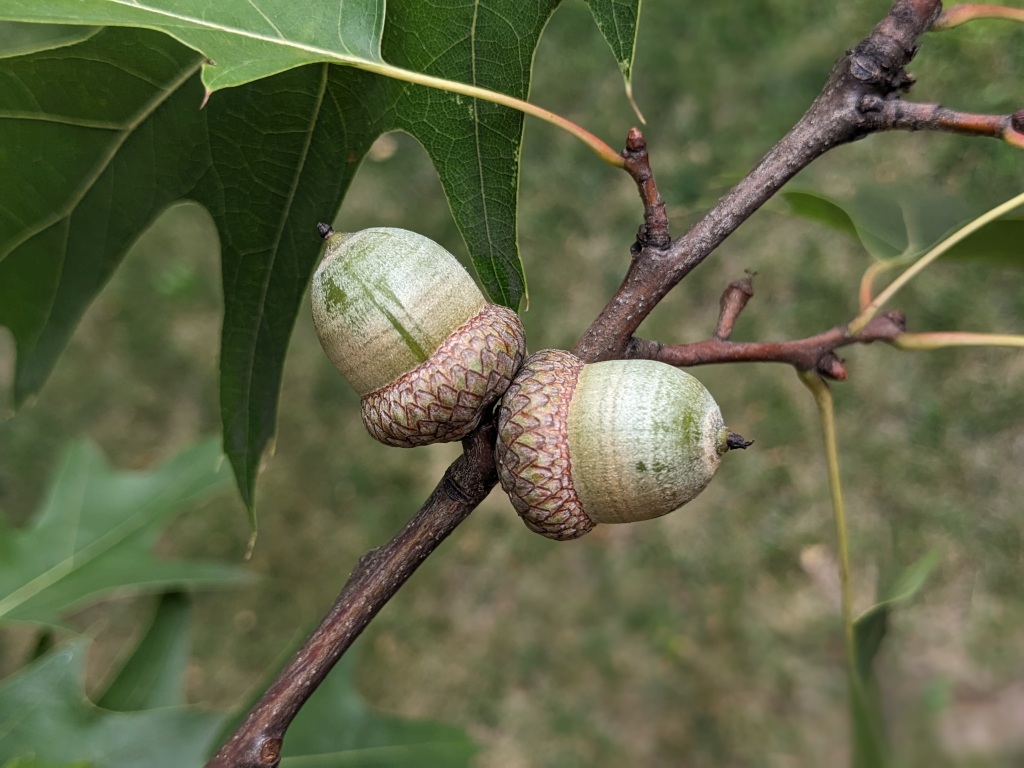
13 December 2023
The Nutty Series: Acorns and the Quercus genus
Every day I try to bring you answers about nature and birds, sometimes to questions we never thought to ask, but today I have more questions than answers about acorns.
Acorns are complicated because oaks are extremely diverse. There are about 500 species in the Quercus genus (oaks) plus about 180 hybrids, all of them native to the Northern Hemisphere and Asia.
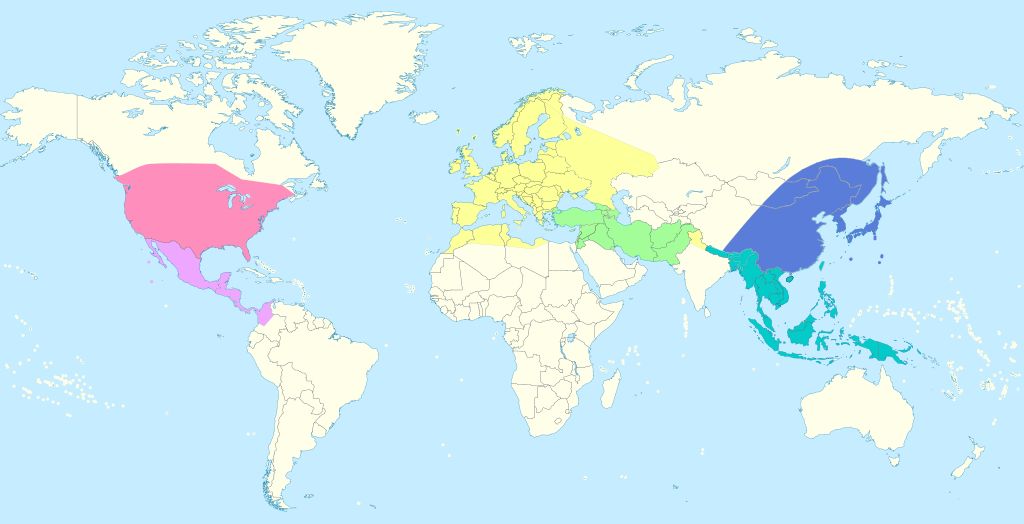
The complete phylogeny diagram is densely packed. (If you’d like to see it up close, click here for the full-size version.)
North America has the largest number of native oak species (160 in Mexico, about 90 in the US), which makes identifying them a challenge. Sibley’s Guide to Trees illustrates 69 native and 7 imported oaks in North America. Pittsburgh is on Sibley’s range maps for these oak species but the list is not exhaustive because they hybridize.
- Red Oak Group
- Northern Red Oak
- Eastern Black Oak
- Pin Oak
- Scarlet Oak
- Bear Oak
- Shingle Oak
- White Oak Group
- Eastern White Oak
- Swamp White Oak
- Burr Oak
- Chestnut Oak
- Common Chinkapin Oak
- (non-native) English Oak
The best I can do in the field is divide them into the red oak or white oak group based on buds, bark and leaves. Knowing this, I balk at identifying acorns down to the species level. There is only so much room in my brain and I’m saving it for birds.
So with that in mind here are a few acorns I’ve found in Pittsburgh recently. What exact species are they? The only one I know for sure is the burr oak.
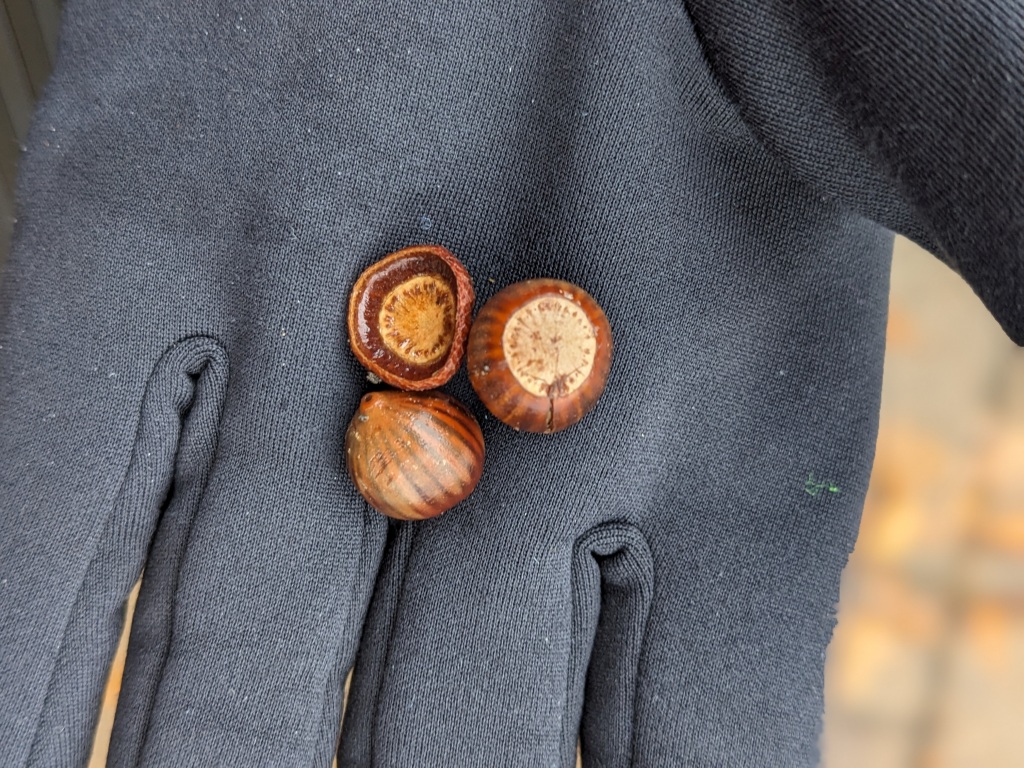
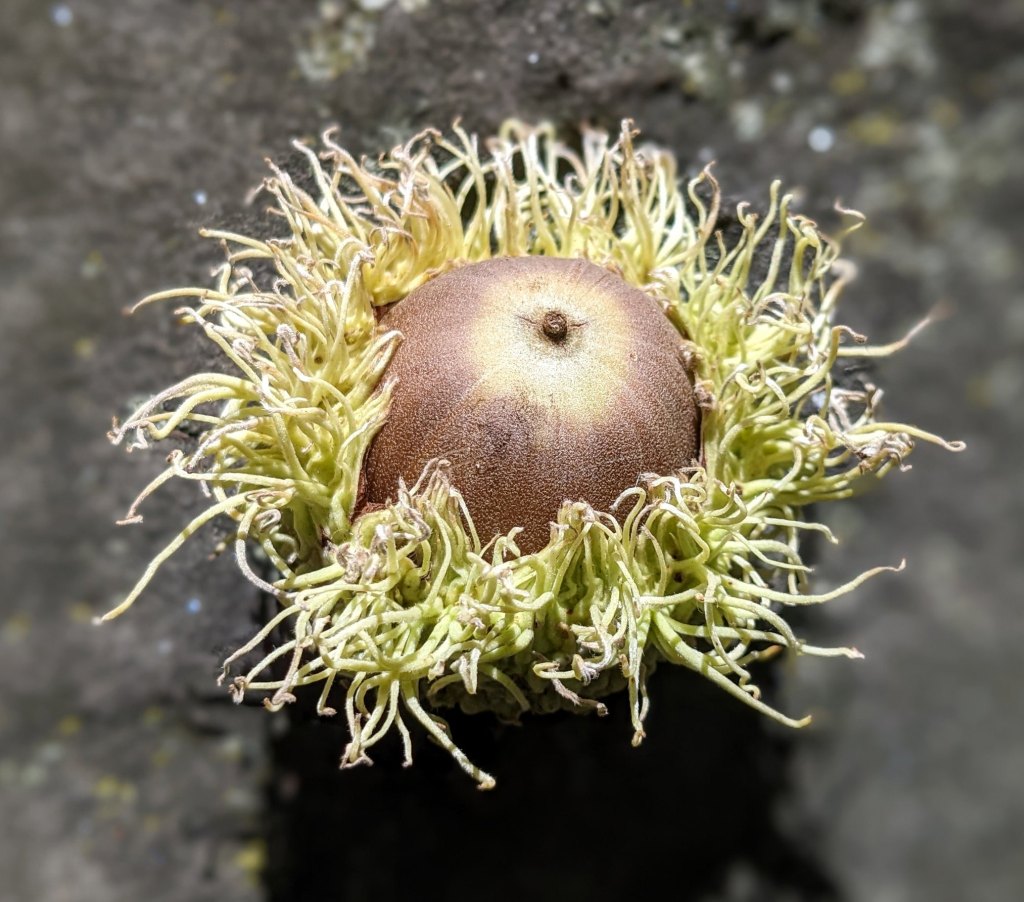
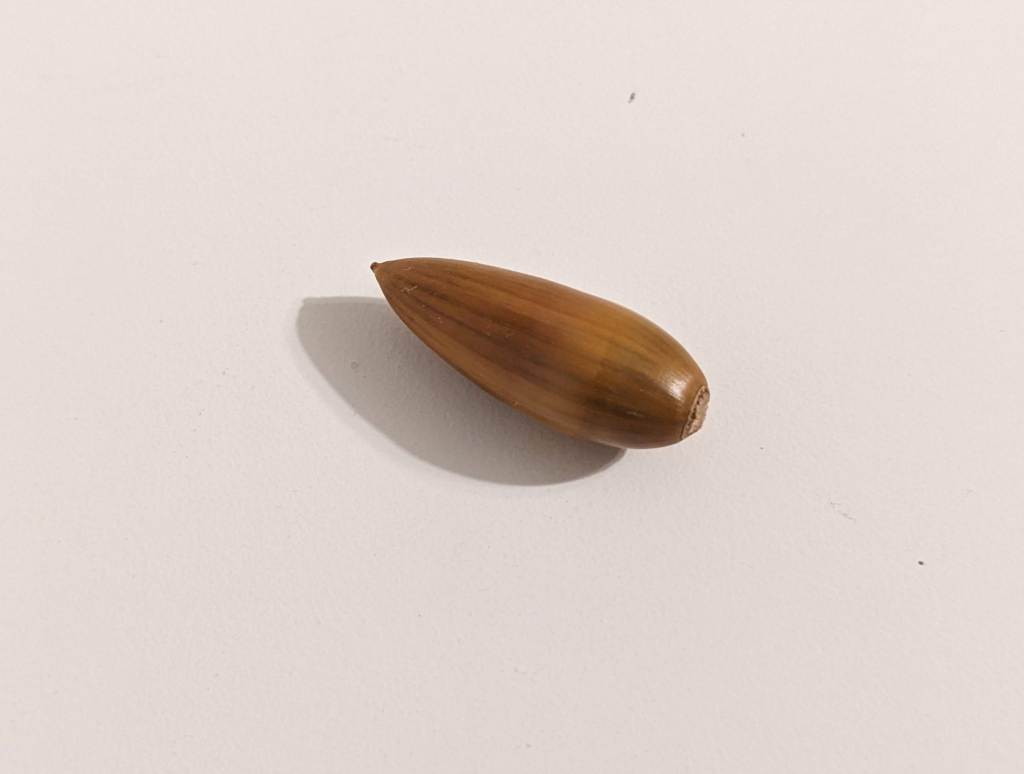


Hi! I also find identifying acorns confusing. But I do think the first picture you posted is from a Pin Oak, in the red oak family. The way that I have found to help identify these acorns is that the Pin Oak acorn has prominent PIN-stripes that run vertically on the body of the acorn
Cool! Thank you, Andy.